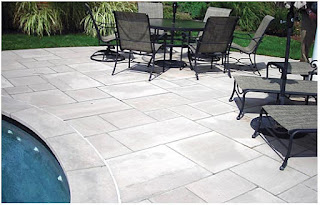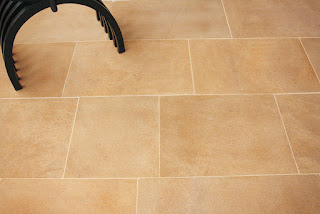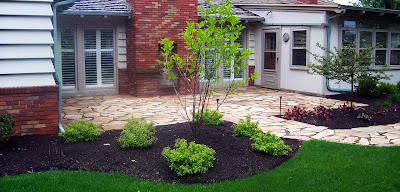Restoring Indian marble and slate stone is a thriving business. Despite top quality finish and post-sales services, many buyers are making a beeline to the cleaning and restoration experts to take care of minor issues. Marble and slate stone require an elaborate cleaning and restoration regime to give them the “unblemished natural” look. Regular cleaning won’t be enough in most cases, especially if you are living in an urban city area or bay area. Pollution, dirt, dust and footfalls take a toll on the surface appearance. For a highly reflective surface, Indian slate stone slabs and marble exporters recommend polishing and sealant application to prolong the glossy finish.
How cleaning of natural marble and slate stone is done?
How cleaning of natural marble and slate stone is done?
Cleaning of natural Indian stones involves 3 distinct processes. They are:
- Blow dry cleaning
- Misting
- Polishing using abrasive chemicals/ machining
Before polishing and restoring of the natural stones, cleaning the corners and pockets is necessary. Any invasive dust particle will tear the sealant apart and lead to further damage.
Shining marble floors
If the marble floor you installed last year has already begun to lose its sheen, it requires a radian polishing powder application. It is the cheapest and smartest way to retain the glossy finish that the Indian marble manufacturers are known to deal in. Minor scratches, stains and cracks are camouflaged using a mix of buffing and polishing procedure, which takes less than 45 minutes.
Slate stone cleaning and sealing
Indian slate stone is a popular natural building material used for roofing and flooring applications. The durability of Indian slates is known all round the world and are available in multiple varieties. Cheaper versions have made it to the market, but the commanding position that slates hold remains unchallenged. So, how to retain the appeal over the surface even years after its installation?
Points to be noted
o High gloss stone sealers are available in the market that provides the surface with a superlative shine and long-lasting protection. These water-based polishes are non-volatile in nature and have mild fragrance.
o Indian marbles and slates are susceptible to oil and grease stains. The application of the sealers comes handy if you have installed natural stone in areas like kitchen, bathroom, store room and bar. Here is how you restore the natural stone.
o Close the doors and windows while applying the sealers.
o Avoid contact with water, oil, sunlight and any impurity.
o Remove the sealant coating already existing over the surface. Only expert installation personnel know how to scrub and re-touch the surface.
o Apply the sealers every 18 month to restore the sheen.
o Don’t use restoration techniques for glazed and non-absorbing surfaces like woods and decks.
Experts recommend the use of water-based mildly acidic floor detergents. They are clear in nature and have non-staining interaction with the slate surface. Regularly wiping the surface with detergents can yellow it and cause staining along the edges. Use of 0.01 inch sealant cover is the most preferred way to keep the Indian slates young and shiny for decades to come.















